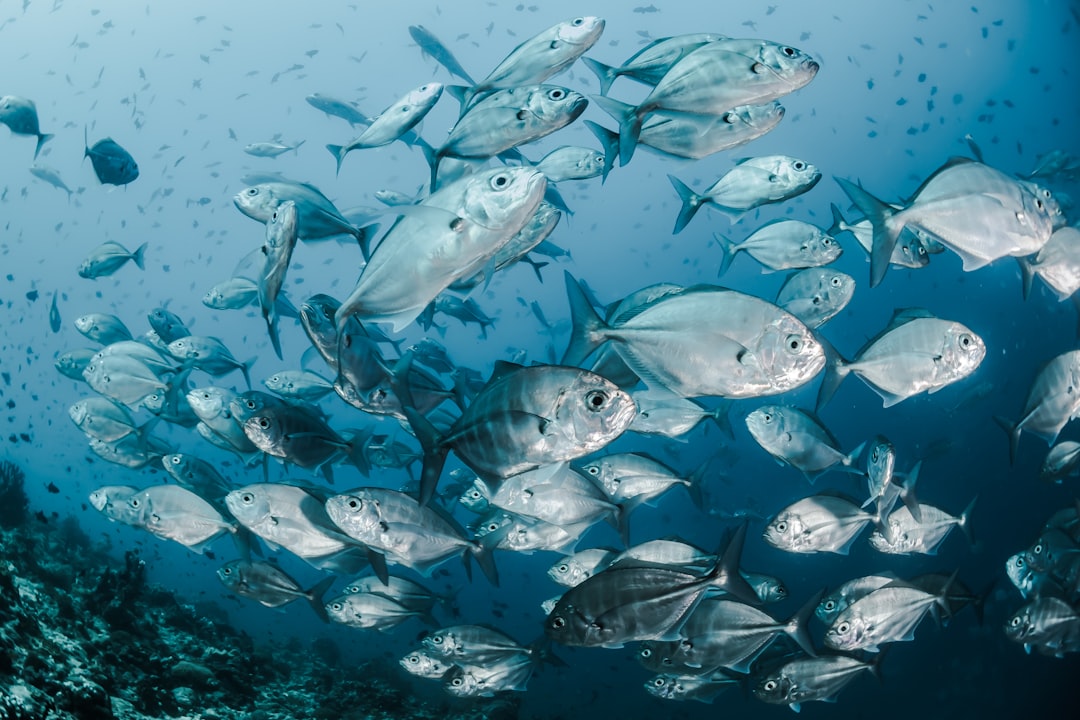The Fish Are On Drugs?
About 5 billion prescriptions are filled each year in the U.S., but no environmental regulations exist for their disposal.

There’s an old adage that says, “as above, so below.” Scientists have confirmed that pharmaceuticals are not just in our water, but in the fish too.
Who is supplying drugs to the fish? It’s you and me.
It’s not something we think about but when we take prescriptions, the leftover medicine that our bodies don’t process comes out when we go to the bathroom or when we flush drugs down the toilet.
Now, a three-year study by Florida International University (FIU) and Bonefish & Tarpon Trust (BTT) has discovered pharmaceutical contaminants in the blood and other tissues of bonefish in Biscayne Bay and the Florida Keys.
“Pharmaceuticals are an often overlooked dimension of water quality and their presence in South Florida bonefish is cause for concern,” said Jim McDuffie, BTT President and CEO in a statement. “These contaminants pose a significant threat to the flats fishery, an important part of Florida’s recreational saltwater fishery, which has an annual economic impact of $9.2 billion and directly supports 88,500 jobs.”
The study, which began in 2018 in partnership with Sweden’s Umeå University and the University of Agricultural Sciences (SLU), has sampled 93 fish in South Florida, finding an average of seven pharmaceuticals per bonefish, and a whopping 17 pharmaceuticals in one single fish. Whoa!
What drugs are they finding in the fish?
blood pressure medications
antidepressants
prostate treatment medications
antibiotics
pain relievers
“These findings are truly alarming,” said lead researcher Dr. Jennifer Rehageat at a panel event in Tallahassee, FL, in February. “Pharmaceuticals are an invisible threat, unlike algal blooms or turbid waters. Yet these results tell us that they are a formidable threat to our fisheries, and highlight the pressing need to address our longstanding wastewater infrastructure issues.”
About 5 billion prescriptions are filled each year in the U.S., without any environmental regulations in place for their disposal. Pharmaceutical contaminants originate most often from human wastewater and are not sufficiently removed by conventional water treatment.
Florida has 4,000 waste water treatment plants, and Dr. Rehage says those facilities are outdated and don’t have the capacity to deal with pharmaceuticals.
These drugs remain active at low doses, can be released constantly, and exposure can affect all aspects of fish behavior, with negative consequences for their reproduction and survival.
“These troubling findings underscore the urgent need for Florida to expand and modernize wastewater treatment facilities and sewage infrastructure statewide,” McDuffie said. “The health of our citizens and the coastal resources that support Florida’s economy depend on it.”
It’s another infrastructure issue! It’s time to update it.
This problem is not unique to Florida. Antibiotics and drugs are used in the livestock industry as well. So runoff from animal-feeding operations can contain pharmaceuticals such as acetaminophen, caffeine, cotinine, diphenhydramine, and carbamazepine, according to research from the USGS.
What can we do about it?
Along with advocating for updates at your waste water treatment center, individuals can take action too.
We can dispose of drugs properly, by not throwing them down the toilet or flushing them down the drain. Many states have programs where you can return unused pharmaceuticals for proper disposal.
Look for products that are safer for the environment and more biodegradable products in general.
Ever thought about how pharmaceuticals could be polluting your water? Have other tips for how to handle this issue? Let us know in the comments below.



A link shared from one of our readers for those who want more info on how to safely dispose of meds: https://www.fda.gov/drugs/safe-disposal-medicines/disposal-unused-medicines-what-you-should-know
There is no end to what is polluting our water. In Fairfield, Maine you can take your unused prescriptions to the police station. It seems like a lot of our water problems go through the waste water treatment plants at some point. I think there needs to be a better way of keeping every waste water treatment plant updated in ever State
As always Erin, another great story